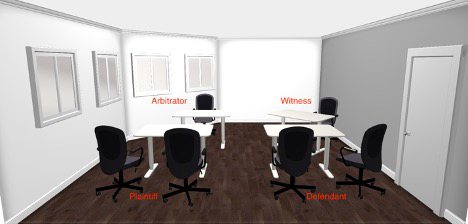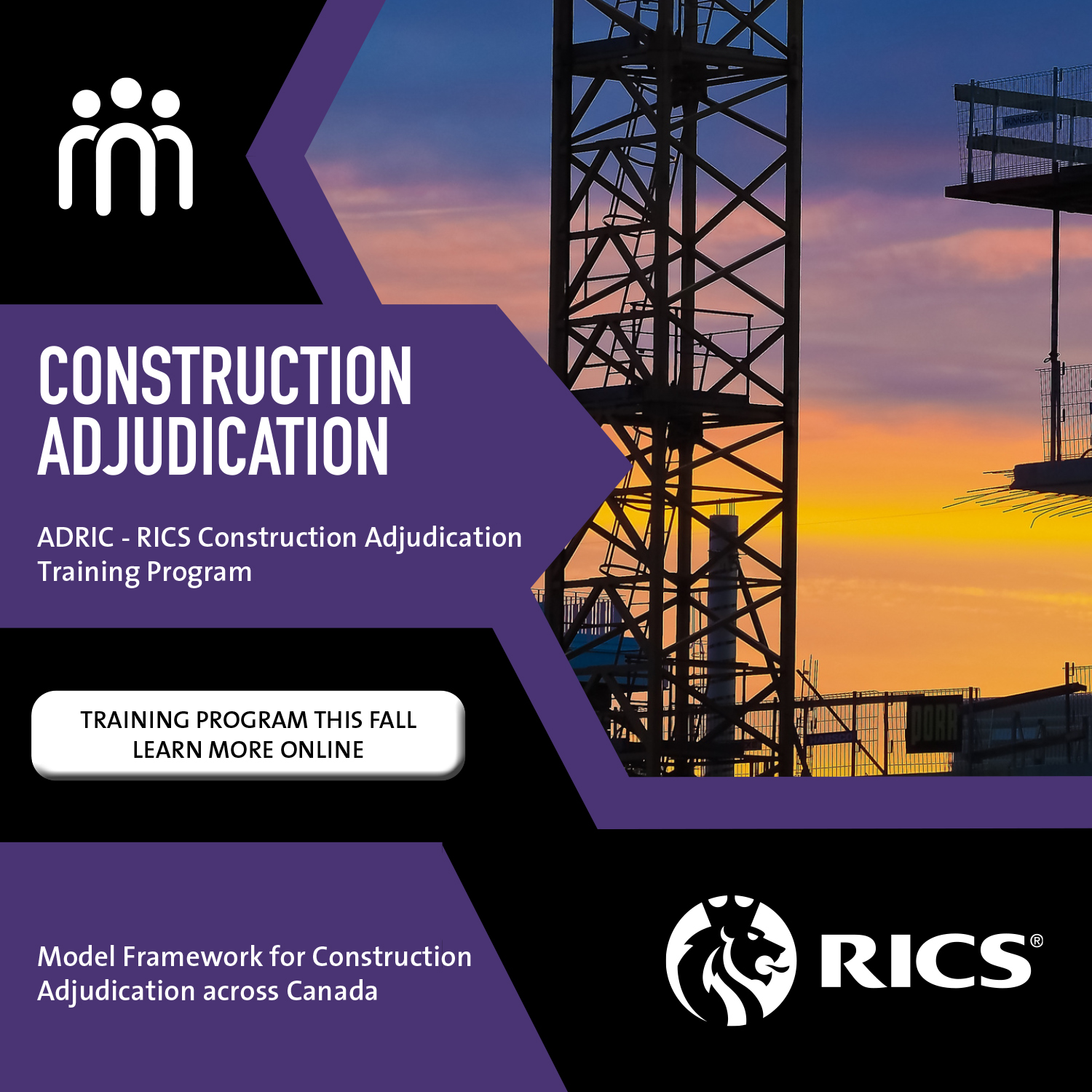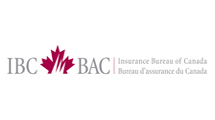
A Primer for Young Counsel – Do’s and Don’ts for Your First Arbitration
 As junior counsel, you may have several questions about your first arbitration – What should I expect from an arbitration? How does it differ from litigation? How does it feel to arbitrate? How does one conduct an arbitration without messing up? Never fear, the takeaways from my first arbitration are here to assist you.
As junior counsel, you may have several questions about your first arbitration – What should I expect from an arbitration? How does it differ from litigation? How does it feel to arbitrate? How does one conduct an arbitration without messing up? Never fear, the takeaways from my first arbitration are here to assist you.
This short article is based on my experience having assisted in and witnessed my very first arbitration.
Perhaps your client is sophisticated enough to have arbitrated a large number of disputes. Perhaps your client was required to arbitrate. Or perhaps your client wants to reach a speedy resolution during the uncertain COVID-19 pandemic. Sooner rather than later, you will have to wear the arbitration counsel hat.
You prepare for your first arbitration hoping that you can nudge your client toward a favourable arbitration award – but you are not sure what to expect at arbitration. The only thing you know for certain is that the arbitration will be challenging. After all, the parties will likely have compelling yet diametrically different stories.
The following observations helped me understand how and why arbitrations differ from trials:
- The decorum. I attended the in-person arbitration at the arbitrator’s office. It felt less formal than the courtroom. The room was smaller and had windows. The arbitrator wore a suit, not judicial robes. Unlike a courtroom Justice who sits elevated, the arbitrator faced us at eye level. The smaller room layout placed me uncomfortably close to opposing counsel, the witness box, and the arbitrator.[1] I could easily observe and in turn be observed by anyone in the room.This humanized the process and, more importantly, the arbitrator. The layout relaxed both parties and counsel. It gave me an opportunity to better read the attendees. I could more accurately detect shifts in their body language, tone of voice, and facial expressions in response to key parts of the evidence.It is important not to get too comfortable. When people become too relaxed, they risk acting unprofessionally, particularly when answering questions or giving evidence. Acting fecklessly decreases one’s credibility. Remember to maintain a professional tone even if you feel at ease. Instruct your client and any witnesses to do that too.
- Procedural flexibility. The arbitrator was direct. He encouraged counsel to collaborate and iron-out any issues at the outset of the arbitration. Counsel negotiated, sought instructions from their respective clients, and collaborated to address the issues. They agreed on how to address any last-minute evidentiary concerns and then updated the arbitrator. It was not until all issues were resolved, whether pre-existing or unanticipated, that the arbitration began.Frontloading all of the procedural concerns helped to streamline the process. The arbitrator and counsel had the flexibility to choose what concerns to bring up and in what order to address them, ranging from the most important to the mundane.
The arbitrator benefited from the following “do’s”, which you can implement regardless of the type or magnitude of dispute:
- Prepare your client and witness(es). Ensure that your client and any witnesses you rely on are familiar with their own testimony. Aim to make them understand why they are giving evidence and how that evidence helps the arbitrator decide. Consider conducting mock cross-examinations in advance of the arbitration.
- Create a visual timeline supported by evidence. Consider preparing a synthesized timeline based on your client’s evidence. Then generate a timeline based on the other party’s evidence.This can help you succinctly present your case. It can also uncover conflicting information in the evidence of the other side.
- Make the arbitrator’s life easy. You must help the arbitrator understand the facts which support your client’s position. Facts matter in arbitrations. Communicate with opposing counsel well in advance of the arbitration and determine how you can both best present those facts.Consider an agreed statement of facts. Prepare an agreed-upon book of exhibits. Ensure that the final product is printed clearly, labelled, and presented in a sequential manner. If you have not already done so, work with opposing counsel to provide the arbitrator with a list of key witnesses and a clear schedule.
In my case, the arbitrator did not provide counsel with feedback after the arbitration ended. However, his demeanour throughout the arbitration provided insight about the following “don’ts”:
- Do not be afraid to update the arbitrator about any last-minute changes. Minutes before the arbitration began, opposing counsel informed us that he had received client instructions to remove an initially agreed-upon fact. While the fact was immaterial to our client’s position, we immediately updated the arbitrator.You must draw the arbitrator’s attention to new, previously undisclosed, evidence. You should not be afraid to ask opposing counsel to provide you with copies of the new documents and to explain to the arbitrator which witnesses will be speaking to these documents.
- Do not turn a blind eye to evidentiary rules. It is easy to get tricked into thinking that an arbitrator will disregard evidentiary rules because the arbitration takes place in a less formal setting. Do not fall for this trap – rather, remain vigilant.
- In your closing, do not ignore instructions from the arbitrator, either directed at you as counsel or at your witness. Sometimes, the arbitrator, at the parties’ request, can decide to receive written closing arguments. Pay very close attention to what the arbitrator asks of each side and do not forget to address those points in your closing.If the arbitrator urges you to address the witnesses’ credibility, make sure you discuss it. Likewise, if the arbitrator asks a witness to clarify a matter during live testimony, closely monitor the witness’ answer. If the answer does not completely answer the question, make sure you address it in your closing argument.
Arbitrations let you resolve conflicts in a more personable and flexible environment. You can present your case in a composed manner, free of the psychological constraints of the courtroom. Similar to litigation, your role is to guide the arbitrator through your evidence. Map it out so that it clearly proves each element of your case. While the decorum and procedural flexibility may put you at ease, retain a professional demeanor and closely observe the arbitrator’s instructions.
Like any other activity in life, if you worry about it too much you will not enjoy it. As you eagerly anticipate your first arbitration, remember – the secret to good preparation is to make time for it.

Figure 1. Notice the room layout and proximity between the tables. Observe the decorum. Credit: IKEA Home
Radu Pirvulescu is a recently called associate at the litigation boutique firm of Anderson Morin LLP in Calgary. He practices in the area of civil litigation and has been fortunate to have participated in his first arbitration, a dispute resolution mechanism he is passionate about.












